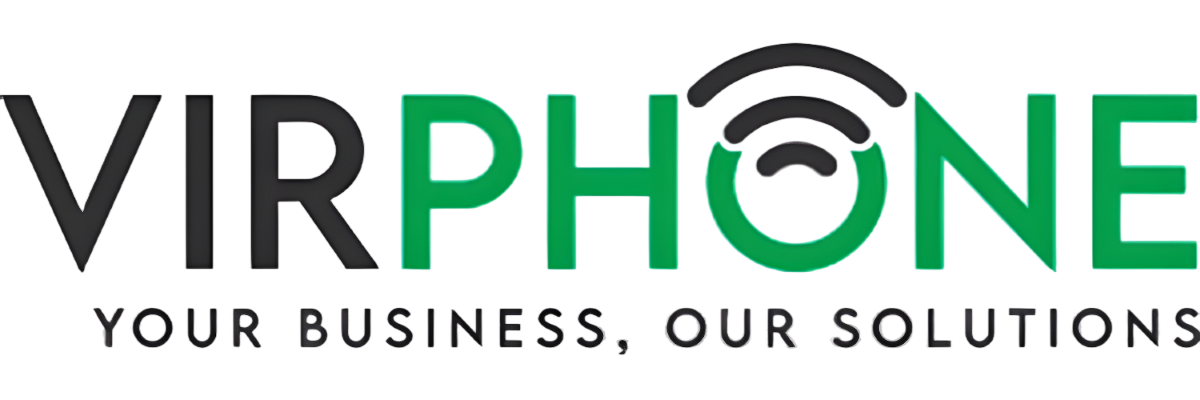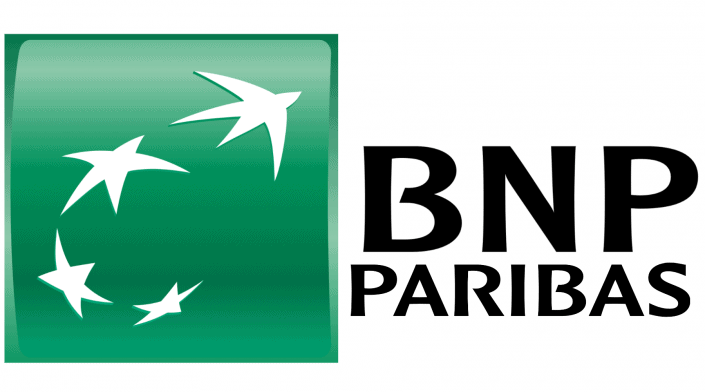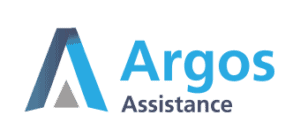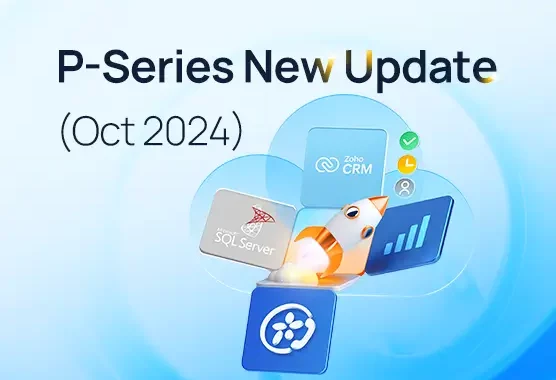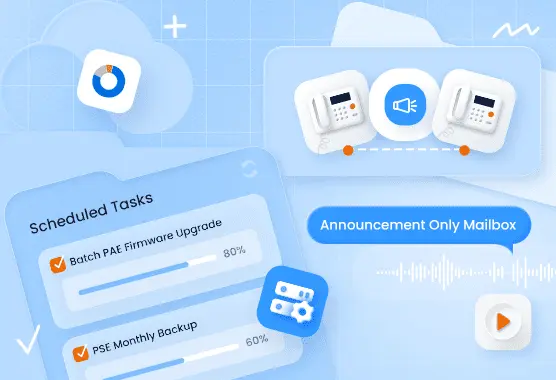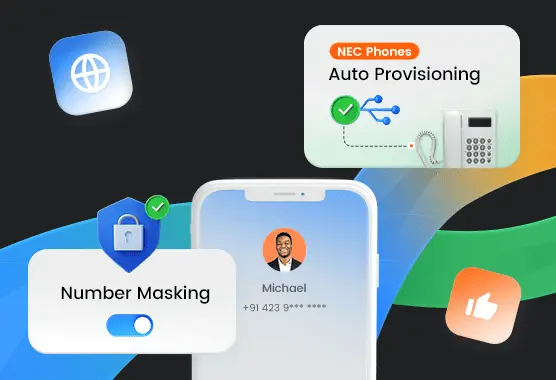When it comes to call center solutions, there are various types available to meet different business needs. Let’s explore the main categories:
Regarding customer service:
- Inbound Call Center: It handles incoming calls from customers who have inquiries, require assistance, or need support. They work on giving great customer service and use VoIP or other software to handle a lot of incoming calls effectively. The primary objective is to ensure customer satisfaction by promptly and effectively addressing their needs.
- Outbound Call Center: Make proactive outgoing calls to prospective customers. Often associated with a company’s sales department, they aim to sell products or services. Predictive dialers automate outgoing calls, optimizing agent productivity. The primary goals include lead generation, sales closure, and revenue targets.
Regarding deployment options:
- On-Premises Call Center: Companies set up the necessary hardware and software infrastructure within their premises, allowing direct control. However, this option requires substantial upfront investments and ongoing maintenance.
- Hosted Call Center: Infrastructure is provided by a third-party provider, managed off-site. Companies pay a subscription fee for using the hosted solution, eliminating the need to manage underlying technology.
- Cloud-Based Call Center: Utilizing cloud infrastructure, these solutions offer flexibility, scalability, and accessibility from anywhere with an internet connection. Businesses pay for the services they use on a subscription basis, reducing upfront costs and providing easy scalability.
Businesses should choose the appropriate call center solution based on their specific requirements, customer service focus, and preferred deployment method. Each type has its advantages and considerations, so evaluating organizational needs and priorities is crucial before making a
decision.
